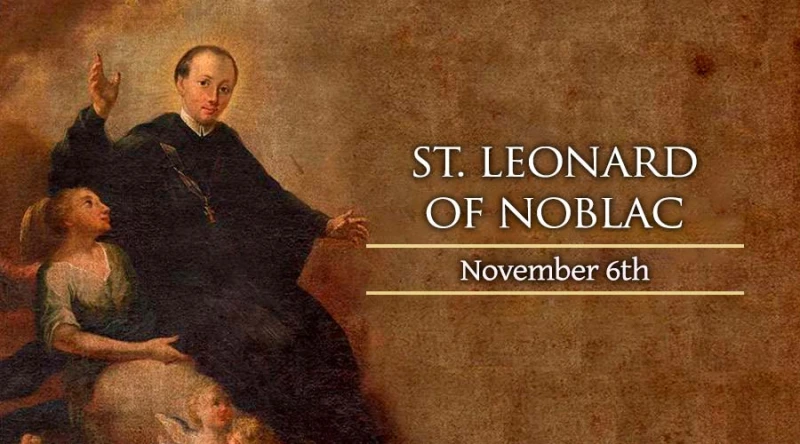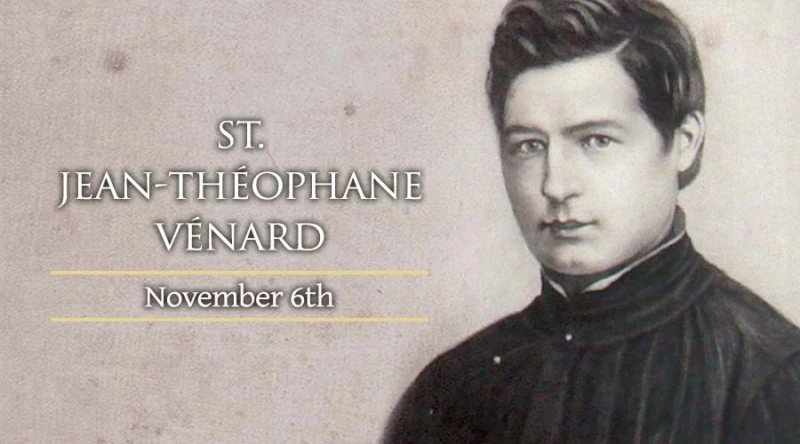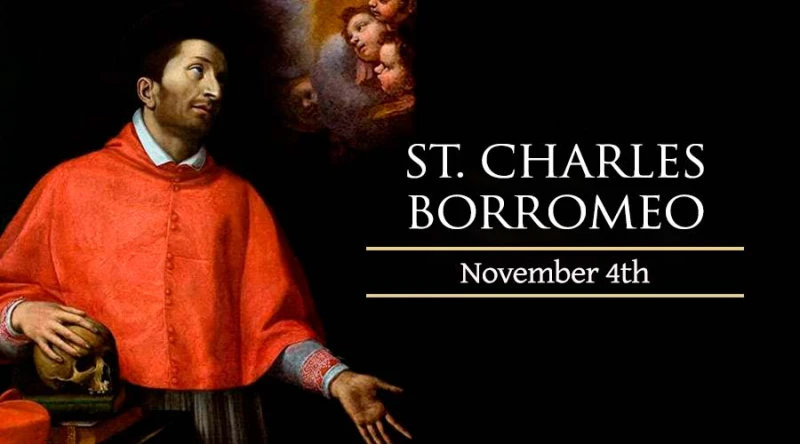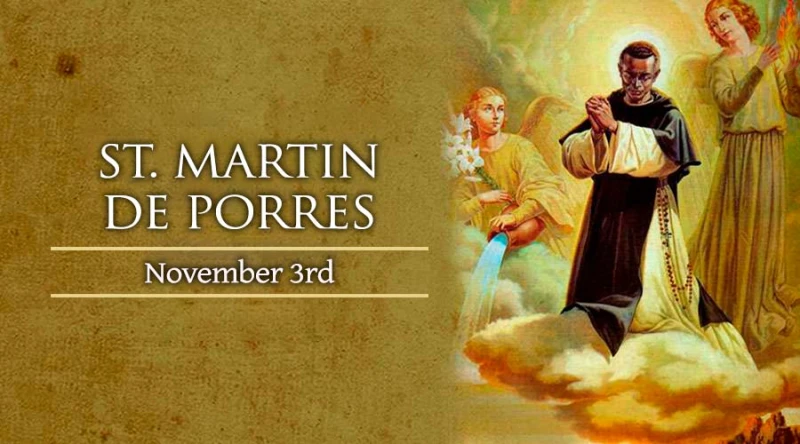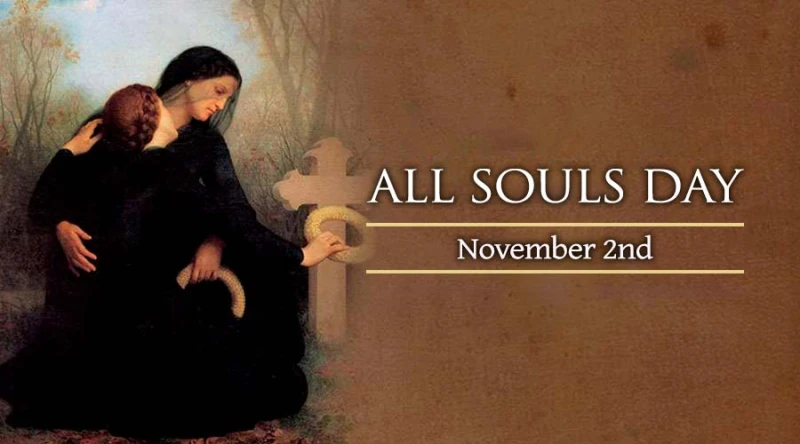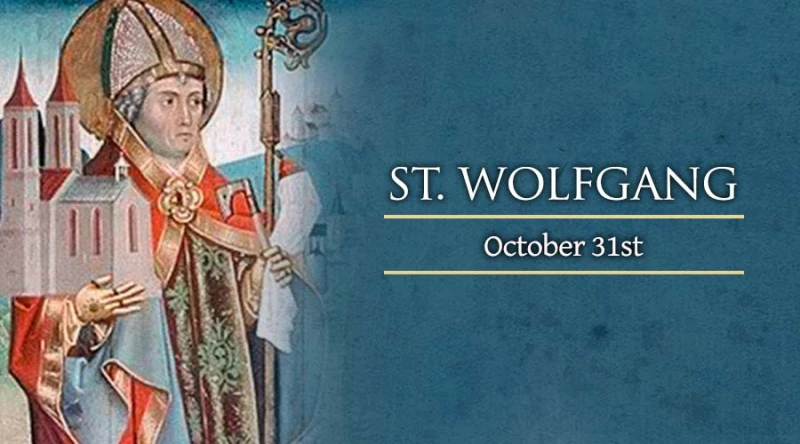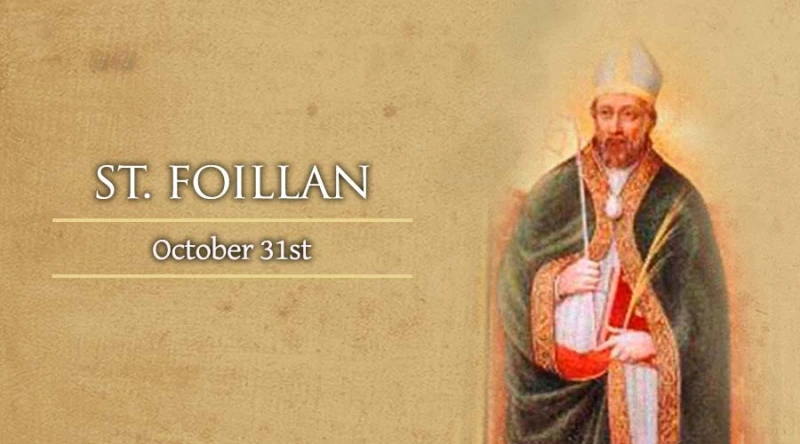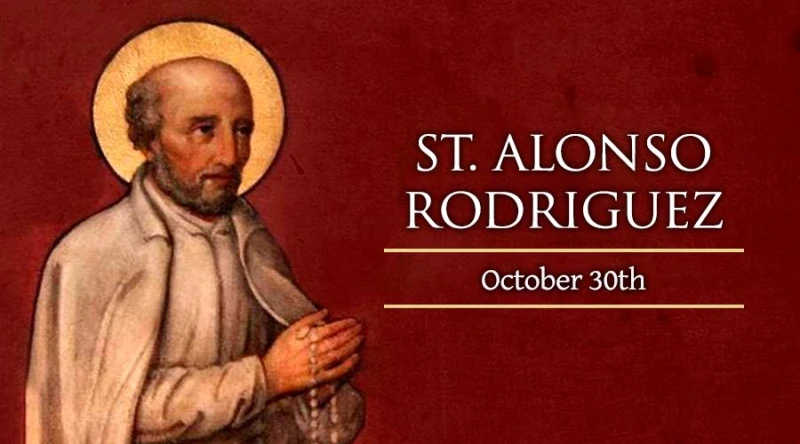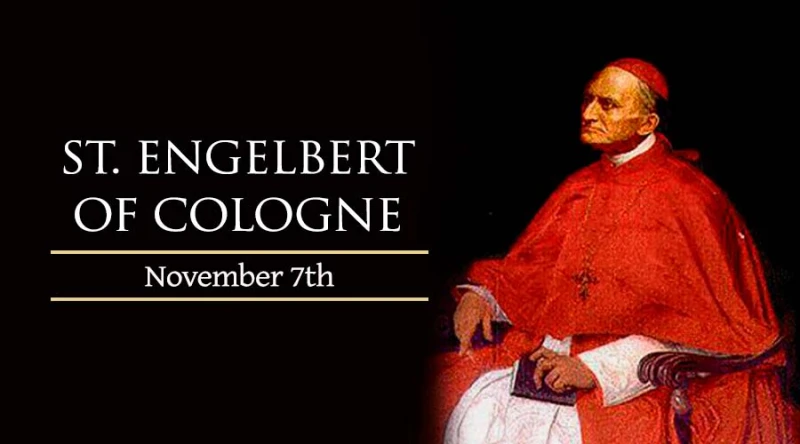
St. Engelbert of Cologne
Feast date: Nov 07
St. Engelbert, was born in Berg around the year 1185 to Engelbert, Count of Berg and Margaret, daughter of the Count of Gelderland. He studied at the cathedral school of Cologne and, while still a boy, was made provost of the churches of St. George and St. Severin at Cologne and of St. Mary’s at Aachen, as it was a common abuse in the Church at the time to appoint the children of nobles to such positions.
In 1199 he was elected provost of the cathedral at Cologne. He led a worldly life, and in the conflict between two Archbishops, Adolf and Bruno, he sided with his cousin Adolf, and waged war for him. Consequently, he was excommunicated by the pope along with his cousin. After his submission he was reinstated in 1208 and, to atone for his sin, joined the crusade against the Albigenses in 1212. On Feb. 29, 1216, the chapter of the cathedral elected him archbishop by a unanimous vote.
The mendicant orders of the Franciscans and the Dominicans settled in his realm while he was Archbishop. He was well disposed towards the monasteries and insisted on strict religious observance in them. Ecclesiastical affairs were regulated in provincial synods. He was considered a friend of the clergy and a helper of the poor.
Engelbert exerted a strong influence in the affairs of the empire. Emperor Frederick II, who had taken up his residence permanently in Sicily, gave Germany to his son, Henry VII, then still a minor, and in 1221 appointed Engelbert guardian of the king and administrator of the empire. When the young king reached the age of twelve he was crowned at Aachen by Engelbert, who loved him as his own son and honoured him as his sovereign. Engelbert watched over the young king’s education and governed the empire in his name, careful to secure peace both within and without of the realm.
Engelbert’s devotion to duty, and his obedience to the pope and to the emperor, were eventually the cause of his ruin. Many of the nobility feared rather than loved him, and he was obliged to surround himself with bodyguards. The greatest danger came from his relatives.
His cousin, count Frederick of Isenberg, the secular administrator for the nuns of Essen, had grievously oppressed that abbey. Honorius III and the emperor urged Engelbert to protect the nuns and their rights. Frederick wished to forestall the archbishop, and his wife incited him to murder. On November 7, 1225, as he was journeying from Soest to Schwelm to consecrate a church, Engelbert was attacked on a dark evening by Frederick and his associates, was wounded in the thigh, torn from his horse and killed. His body was covered with forty-seven wounds. It was placed on a dung-cart and brought to Cologne four days later. King Henry wept bitterly over the remains, put Frederick under the ban of the empire, and saw him broken on the wheel a year later at Cologne. Frederick died contrite, having acknowledged and confessed his guilt.
Engelbert’s body was placed in the old cathedral of Cologne on February 24, 1226, by Cardinal Conrad von Urach. The latter also declared him a martyr, though a formal canonization did not take place. In the martyrology, Engelbert is commemorated on November 7 as a martyr. A convent for nuns was erected at the place of his death.
Daily Reading
Friday of the First Week in Ordinary Time
Reading I 1 Samuel 8:4-7, 10-22a All the elders of Israel came in a body to Samuel at Ramahand said to him, “Now that you are old,and your sons do…
Daily Meditation
Whole Again
Click here for daily readings “Which is easier, to say to the paralytic, ‘Your sins are forgiven,’ or to say, ‘Rise, pick up your mat, and walk’?” This is Christ’s…




